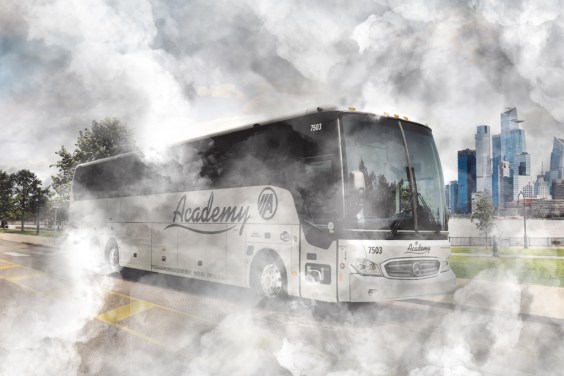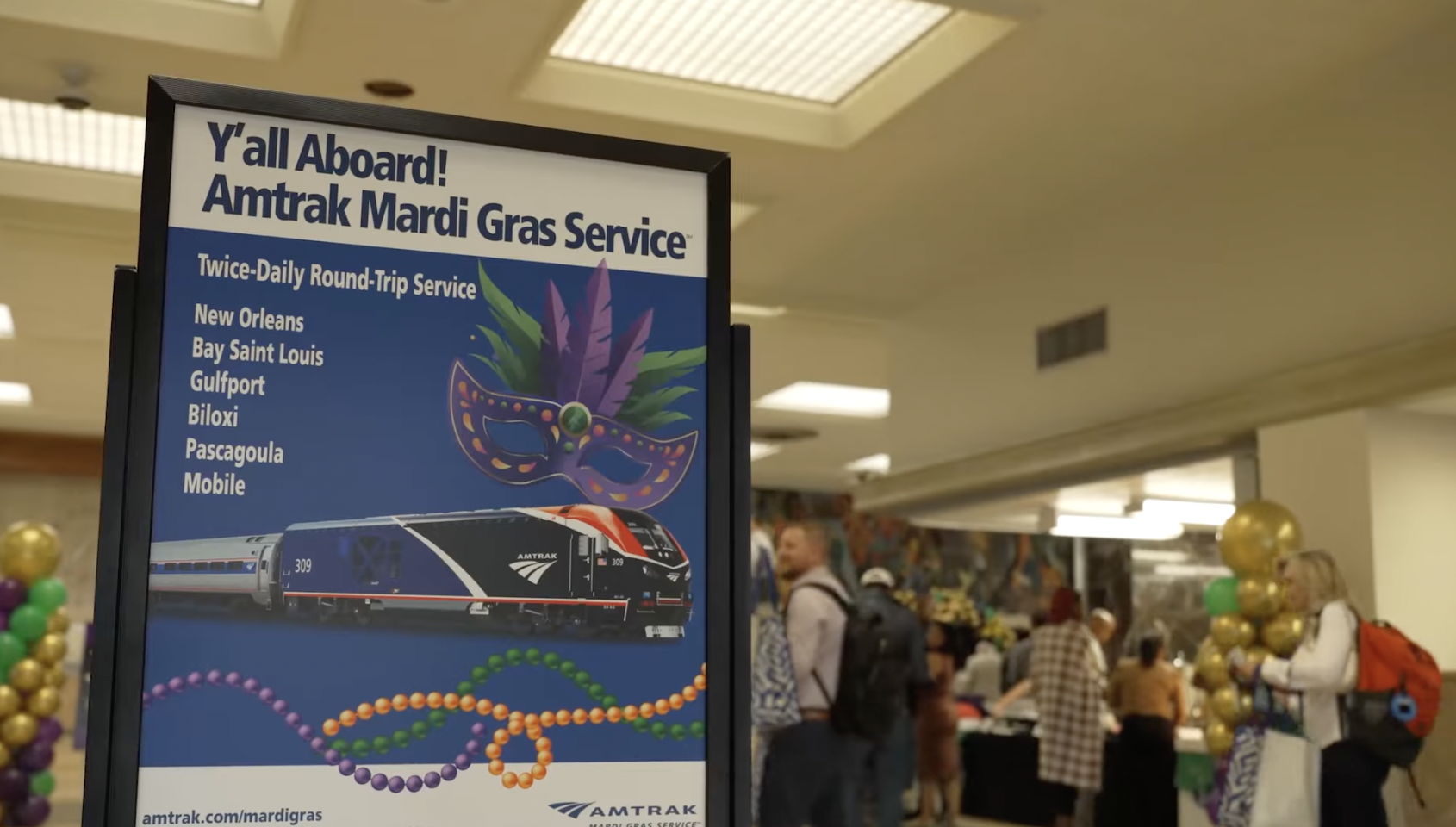This week on the Talking Headways podcast we’re joined by Adie Tomer of Brookings to discuss a paper he and his team wrote about the idea of regional block grants. He discusses the local subsidies going to state DOTs and how more local funding could mean more regional collaboration on infrastructure.
Scroll past the audio player below for a partial edited transcript of the episode — or click here for a full, AI-generated (and typo-ridden) readout.
Jeff Wood: I really wanna chat with you about an idea that you had at Brookings that you shared recently, which is the idea of this regional block grant. And, I'm wondering what this idea is generally and then we maybe can get into more specifics.
Adie Tomer: Let me take a mini-step back on how we landed on this. So we were doing two different projects at Brookings that kind of organically took us here. One was an assessment of state's departments of transportation. And we looked into their accountability, both in terms of how they transparent they were with frankly their planning, their project selections, how they spend their money.
And what we landed on there was even with, I'm gonna give 'em the benefit of the doubt, the best of intentions, not a very accountable kind of form of governance. And what we figured out through that work was that, it is really hard to know, Its published, but let's be honest here, right? Like it's really hard to understand why state picks the projects it picks, what kinds of networks it builds.
And that obtuse nature is, was a real problem. And what we also figured out with it is that states are not sending their transportation dollars down to their locals. This was like a big eureka moment for us that at least in the transport world and the surface transport world, we are not set up for success there.
The other project that we were doing with some colleagues down in San Diego, the Policy and Innovation Center was a question that arose kind of uniquely out of all those competitive grants that were in the infrastructure law, the IIJA, or “bipartisan infrastructure law," and just so folks know, the super short version is 25 percent of the bill all of a sudden became competitive.
Hundreds of new programs, tons of work for the federal bureaucrats, tons of folks at the municipal, and even some at the state level to try to apply for these. The question we were curious about asking is can regions better get access to all this money? If the vast majority of federal funds, especially in transportation and water, which is the bulk of public money, it's going right to the states and then it gets distributed down from there.
Again, this is the connection on the transport side, not so much on the water side. They have to give it to the utilities, but even there, it's kind of obtuse process too. What we wanted to ask was, okay, well for those of us who care about cities and regions like metropolitan regions. There's some big projects we've gotta execute.
Did the IIJA actually make it easier for metropolitan areas to land awards for their big regional serving projects? And what we figured out was that the data was next to impossible to kind of flex in this way. Meaning on the pure data side, to actually understand, first of all, like, can we even see how many awards are going to a regional actor?
Corrigan [Salerno] over at Transportation of America solved this. So actually folks can kind of go look at some analysis they're doing, but at the time it wasn't so easy. And then critically, what we couldn't see at all was, who's even applying for this? Are regions really getting it?
So we set out to do a lot of interviews. We had hopes to mine the data. We really couldn't, just being upfront about that. And then when we started talking to folks across the country, federal bureaucrats, folks who worked at Chamber of Commerce, of course, Metropolitan Planning Organizations, municipalities, all the sectors here of infrastructure, even energy and broadband.
What quickly came to the surface was... We got a big problem in a lot of regions, metropolitan regions, where the level of separate different units of government, from an infrastructure and land use perspective, is off the charts. Collaboration is really, really hard. Now, the metropolitan planning organizations help with a lot of that. The councils of governments help with a lot of that, but we realize quickly the federal government has a huge opportunity to incentivize this kind of regionalism. It's a huge gap in our system and we think it's a big explanation for why we're not delivering enough regional projects.
Jeff Wood: So the money goes to states mostly.
Adie Tomer: Money goes to states almost exclusively. And then states don't share a lot, man.






